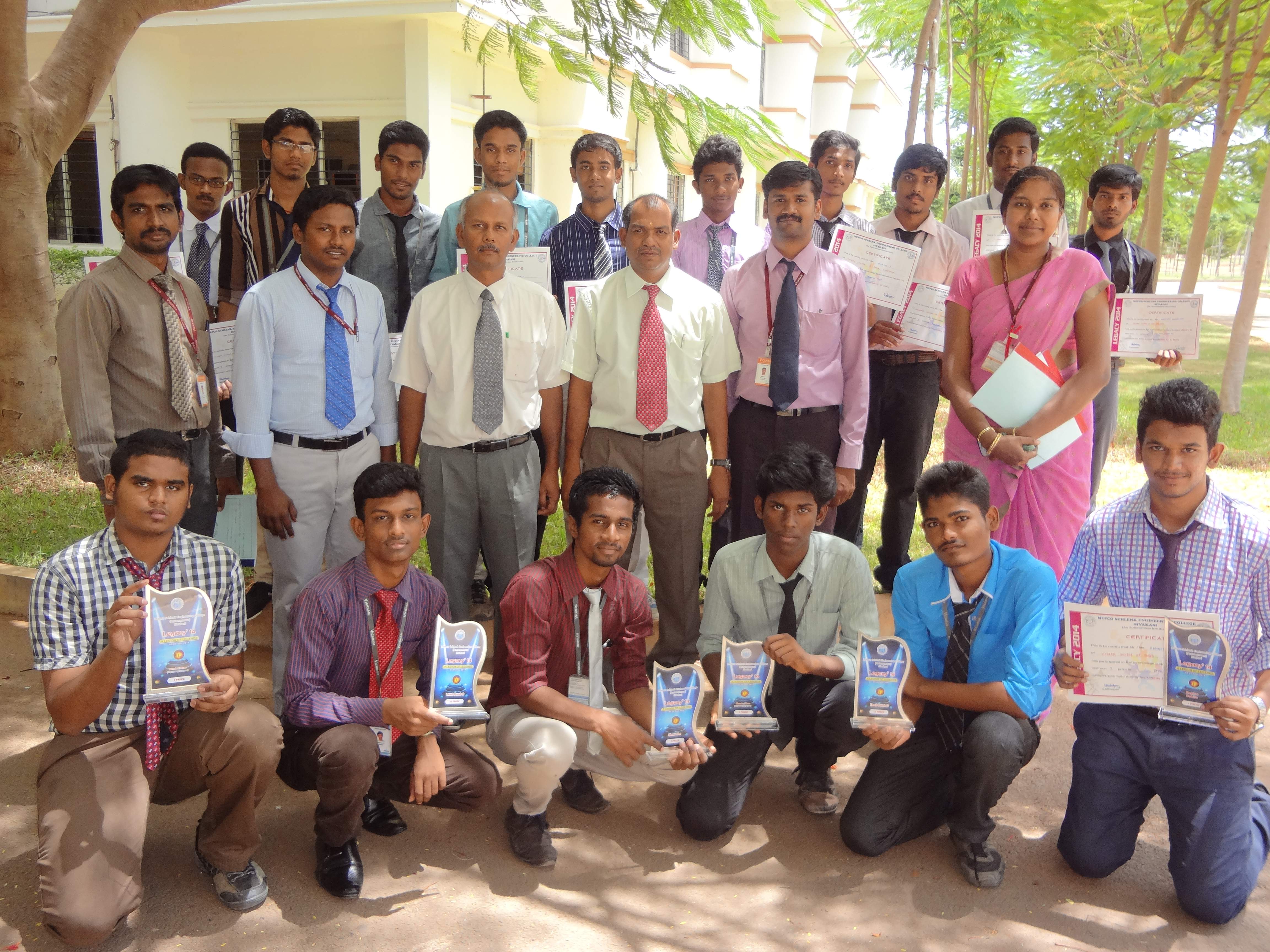- Written by Marichamy MECH
- Hits: 2042
High temperature materials
Nickel-based superalloys have come to dominate the high temperature stages of the gas turbine engine, from the high pressure compressor through the combustor and turbine stages to the exhaust outlet. Their success is due to their unique combination of mechanical strength and resistance to oxidation and corrosion at elevated temperatures.Two components which have driven the development of the nickel-based superalloys are the high pressure turbine blade and disc.
Turbine discs operate at lower temperatures than blades, as they are not in the direct gas path exiting the combustor, however, they must attain the most stringent levels of mechanical integrity. The failure of a turbine disc may not be contained by the engine casing and could seriously hazard the aircraft. The development of disc alloys has traditionally been driven by the requirements of the high pressure turbine disc. The consistent objective is a hotter disc with an equivalent cyclic life, requiring highly alloyed, higher strength materials. Traditionally the manufacture of turbine discs has been via a cast and wrought route.

